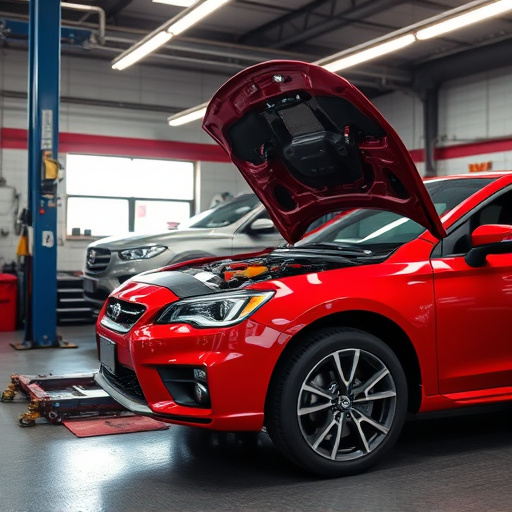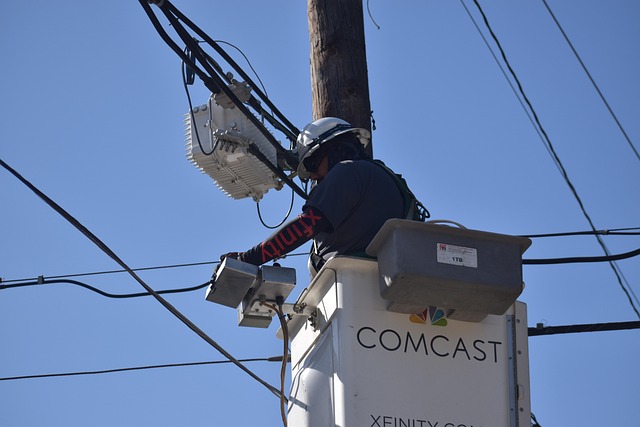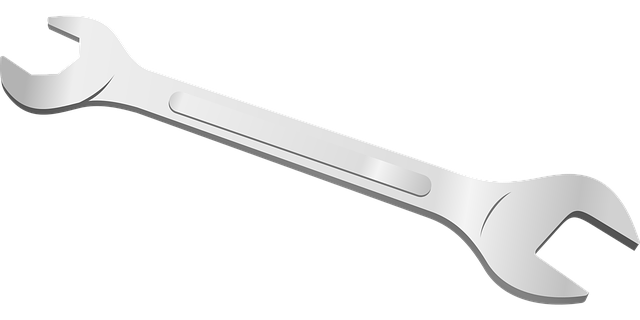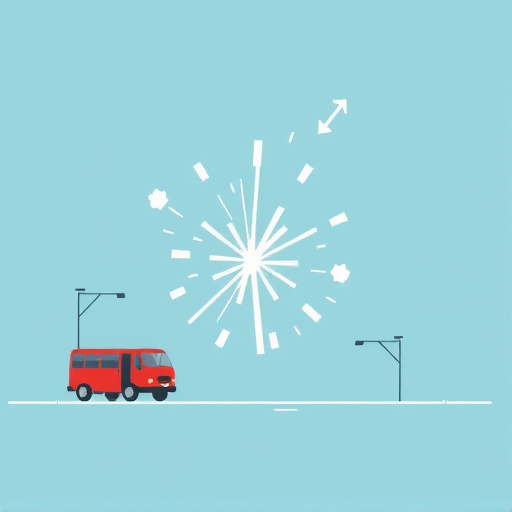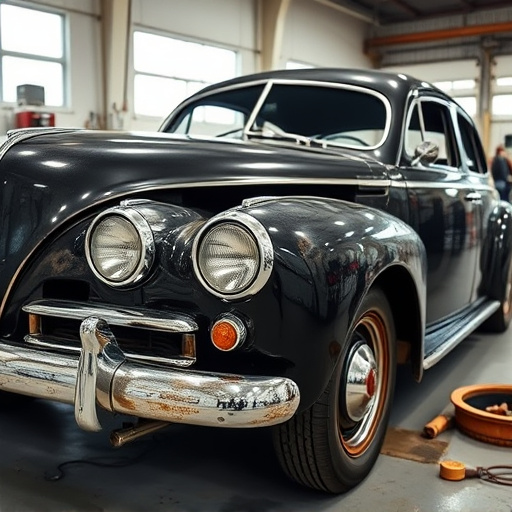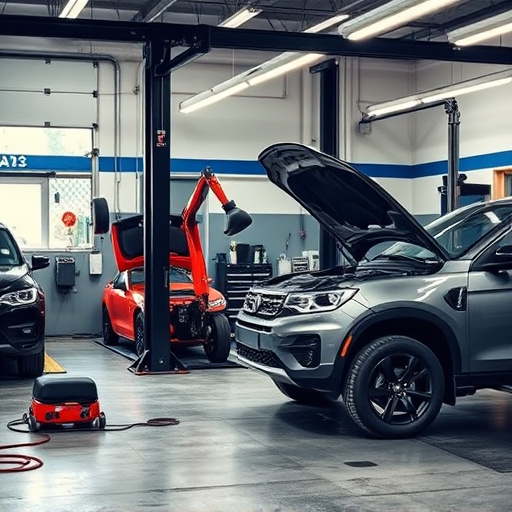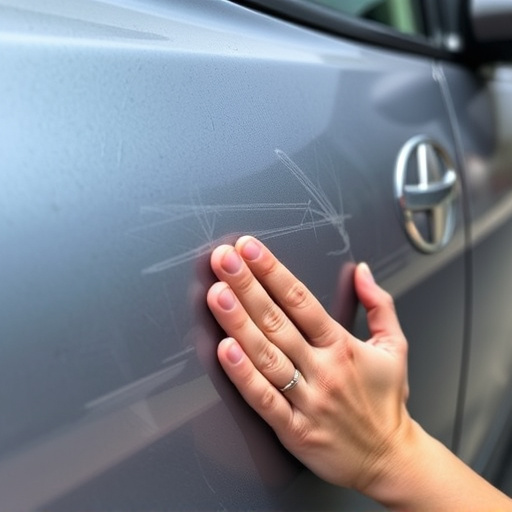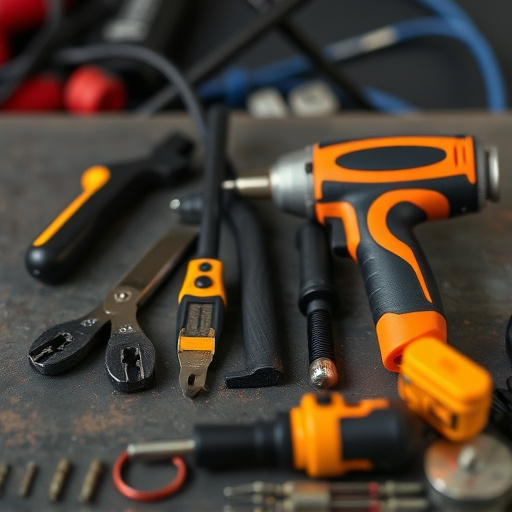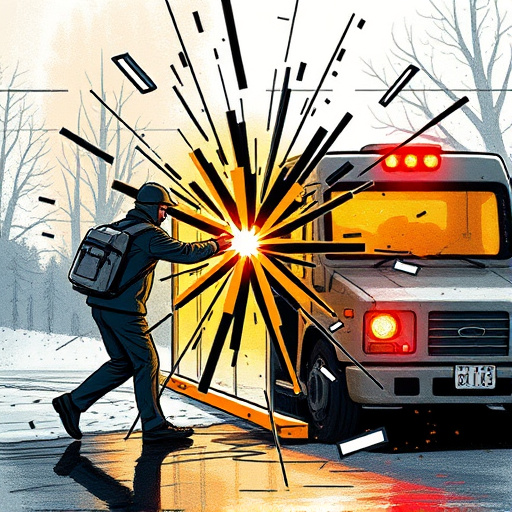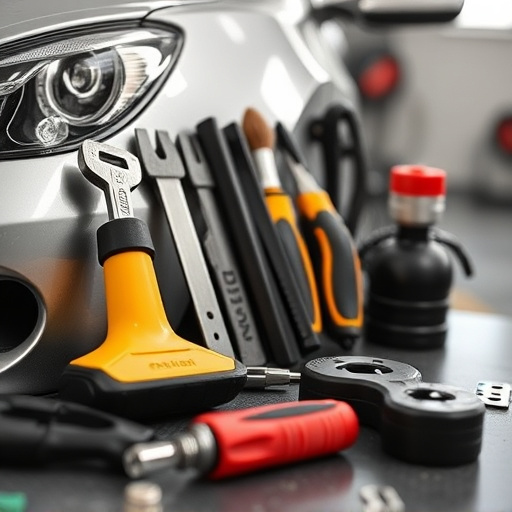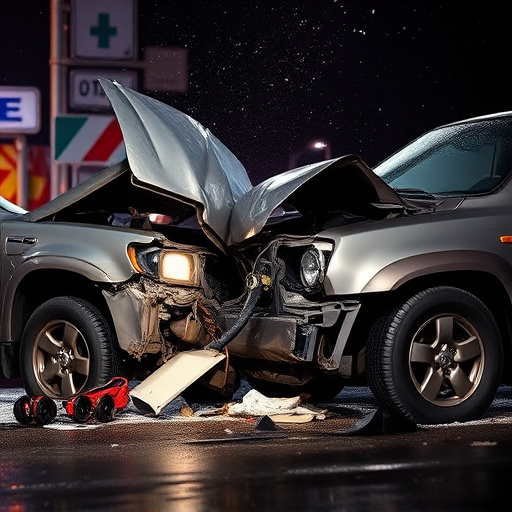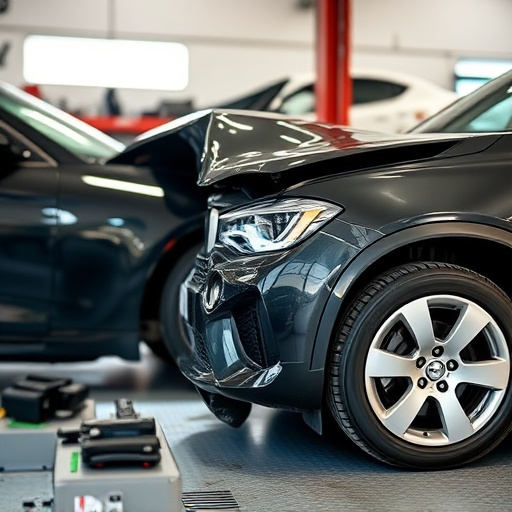After a collision, a meticulous damage assessment is vital for achieving professional vehicle detailing. This involves inspecting both interior and exterior for dents, dings, missing trim, shattered windows, and fluid leaks, documenting with high-quality photos. The process guides effective collision repair services from simple touch-ups to complex body panel replacements, restoring the vehicle's pre-collision condition aesthetically and functionally. Accurate identification of damage types enables tailored solutions, ensuring the car regains its value in the post-repair market. This meticulous approach includes using specialized tools for paintless dent repair and polishing compounds for a seamless, professional finish.
“Discover the secrets to achieving professional-grade results in your car’s detail post-collision. This comprehensive guide navigates you through the process, from assessing damage—identifying dents, scratches, and paint issues—to preparing an arsenal of essential tools and materials. Learn how to choose the right cleaning agents, polishes, and coatings for optimal results. Then, follow our step-by-step process: washing, drying, decontaminating, and polishing for a flawless finish. Master these techniques, and restore your vehicle to its pre-collision splendor.”
- Assessing the Damage: The First Step in Detailing After Collision
- – Understanding different types of damage (dents, scratches, paint issues)
- – Tools and techniques for thorough inspection
Assessing the Damage: The First Step in Detailing After Collision

After a collision, assessing the damage is the crucial first step in achieving professional detailing results. It’s essential to thoroughly inspect every inch of your vehicle, both inside and out, to understand the extent of the repairs needed. This includes examining panels for dents, dings, and creases, as well as checking for damaged or missing trim pieces, shattered windows, and any leaks from fluid systems.
Take time to document the damage with high-quality photos, noting each issue’s location, severity, and potential impact on structural integrity. This meticulous process forms a solid foundation for the detailed restoration work ahead, ensuring that every element is addressed during the repair process, be it a simple paint touch-up or more complex Mercedes Benz repair involving body panel replacement or automotive collision repair. Remember, accurate assessment drives effective collision repair services, resulting in a vehicle that not only looks but also drives like new.
– Understanding different types of damage (dents, scratches, paint issues)
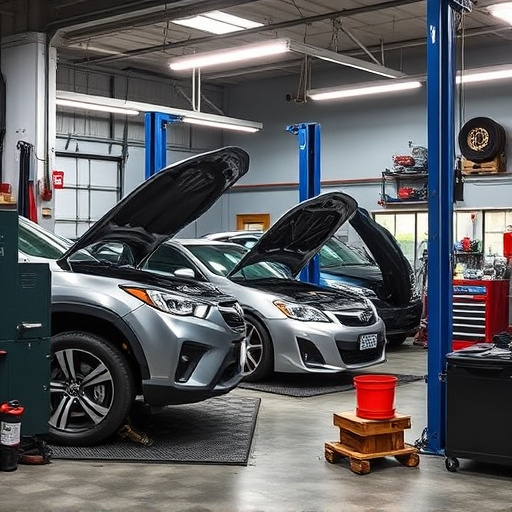
When it comes to detailing after a collision, understanding the types of damage your vehicle has sustained is crucial. Common issues include dents, scratches, and even more complex paint problems. Detailing after collision involves assessing each of these elements separately. Dents can range from minor indentations to severe creases that require professional auto bodywork to correct. Scratches, whether shallow or deep, may impact the vehicle’s appearance, particularly if they are on the clear coat or paint layers. Paint issues can manifest as chips, cracks, or discolouration, often requiring car paint services for restoration.
Proper identification of these damages is the first step in achieving professional results. Each type of issue has its own unique repair process, from simple polishing to complex repainting. Recognizing the extent and nature of the damage allows for tailored solutions, ensuring your vehicle not only looks good as new but also retains its value post-repair.
– Tools and techniques for thorough inspection
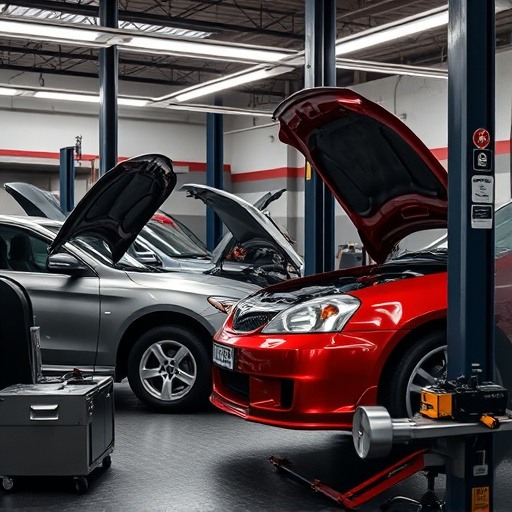
Achieving professional results in detailing after a collision requires a systematic approach and the right tools. Begin with a thorough inspection using high-quality magnifying glasses and LED lights to detect even the slightest imperfections, such as scratches, chips, or dents. This initial step is crucial for identifying areas that need special attention during the detailing process.
Next, utilize specialized tools designed for paintless dent repair, which can effectively remove minor dents and scratches without affecting the vehicle’s original paint job. Auto collision repair experts often prefer these techniques due to their precision and ability to restore the car’s pre-accident condition. Additionally, a range of polishing compounds, waxes, and applicators will be essential to enhance the finish, ensuring a seamless and professional look that matches the vehicle’s overall quality.
After carefully assessing the damage from a collision using proper tools and techniques, it’s time to transform your vehicle. Achieving professional results in detailing after collision requires dedication and attention to detail. By understanding various types of damage and employing effective cleaning, patching, and painting methods, you can restore your car to its pre-accident condition, ensuring both aesthetic appeal and long-lasting durability. Remember, proper detailing not only enhances the visual appeal but also preserves the value of your vehicle post-collision.
